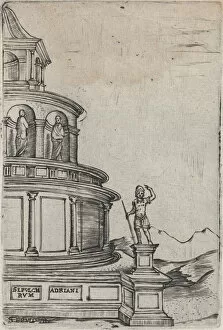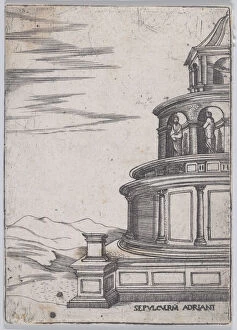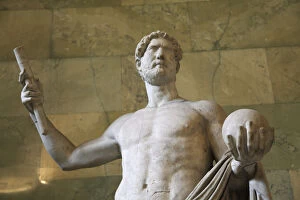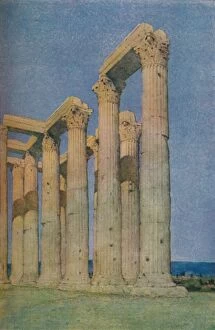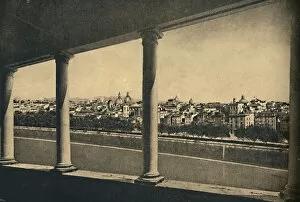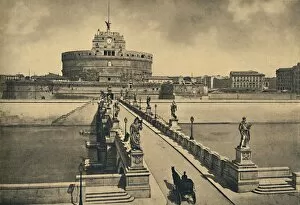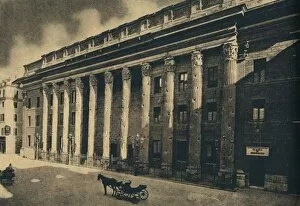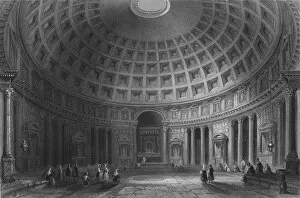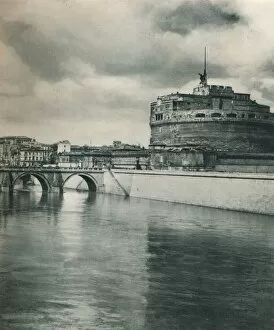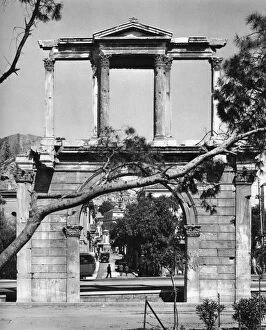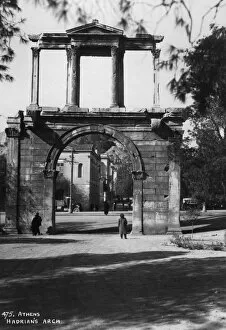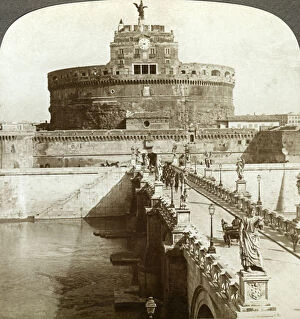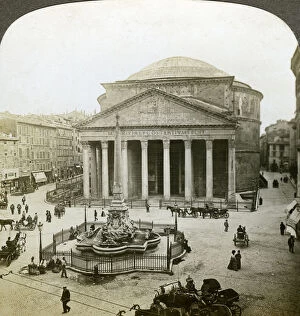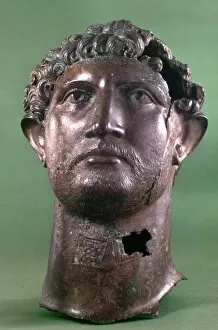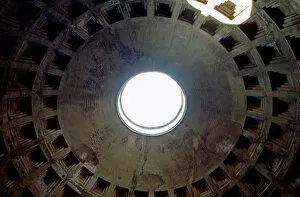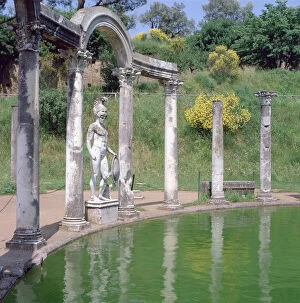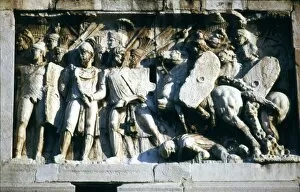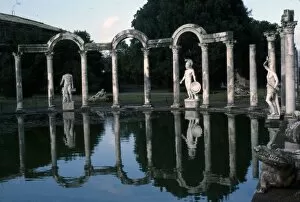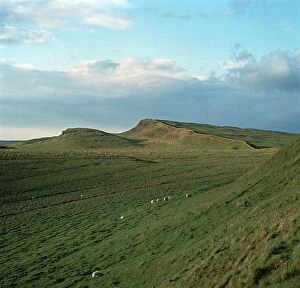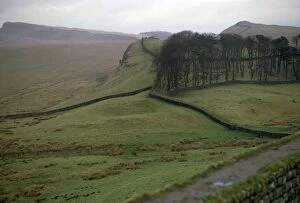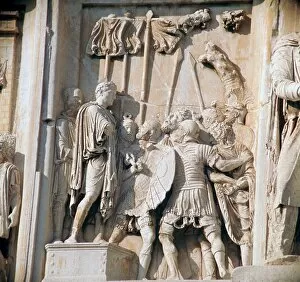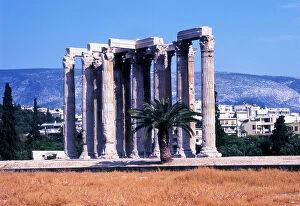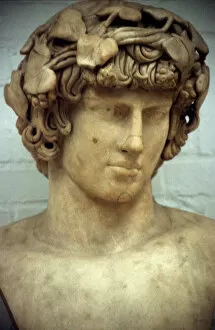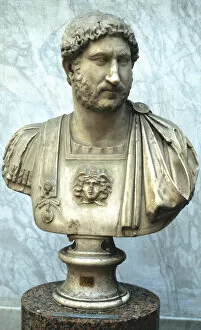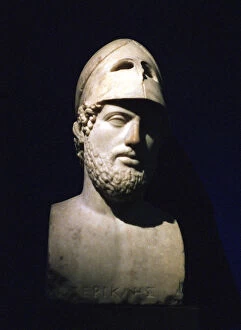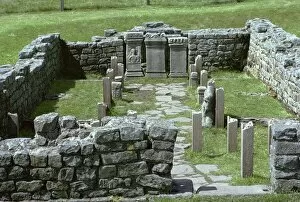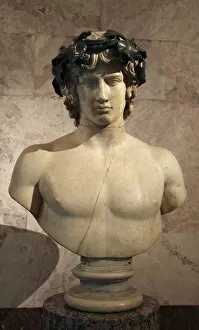Caesar Traianus Hadrianus Augustus Collection (#2)
"Caesar Traianus Hadrianus Augustus: The Iconic Roman Emperor of the 2nd Century" In the first half of the 2nd century
For sale as Licensed Images
Choose your image, Select your licence and Download the media
"Caesar Traianus Hadrianus Augustus: The Iconic Roman Emperor of the 2nd Century" In the first half of the 2nd century, a remarkable figure emerged in ancient Rome - Caesar Traianus Hadrianus Augustus. This powerful ruler left an indelible mark on history, and his legacy can be seen through various artifacts that have survived to this day. One such artifact is a magnificent statue of Emperor Hadrian, crafted during his reign. Standing tall and regal, it captures the essence of his authority and influence. Another glimpse into his life can be found in coins minted during his rule. These intricate pieces depict both Emperor Hadrian himself and Empress Sabina, showcasing their importance as leaders. Among these coins is an aureus portraying Emperor Hadrian issued by himself, displaying his likeness with great detail. Similarly, a tetradrachm coin from this era showcases him as a prominent figure in Roman society. Even smaller denominations like denarius and dupondius coins bear images of this influential emperor. The artistic representation continues with portrait heads believed to be that of Emperor Hadrian or those close to him. One such fragment depicts Antinous, who was closely associated with the emperor during his reign. Through these artifacts spanning several years within Hadrian's rule, we catch glimpses into the life and times of one of Rome's most significant emperors. His image immortalized on coins reflects not only political power but also cultural significance. Caesar Traianus Hadrianus Augustus remains an enigmatic figure whose impact reverberates even today. As we admire these historical treasures preserved throughout centuries by unknown creators, we are reminded once again of the enduring legacy left behind by this iconic Roman emperor.

